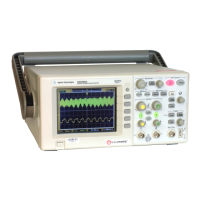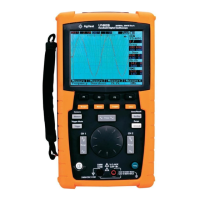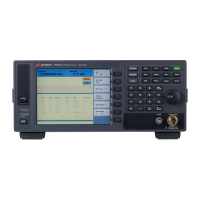© Agilent Technologies 1989–2002 Agilent 3070 / 79000 Site Preparation 7-20
Chapter 7: Site Preparation – Compressed Air and Vacuum Requirements: Compressed Air and Vacuum Primer
The pressure requirements for vacuum come from the
need to compress the probes, fixture springs and seals.
Since most commercial vacuum systems operate around
50 kPa (7.5 psi), vacuum fixtures are limited in their
ability to handle DUTs with high probe densities. If the
sum of the probe, spring and seal forces divided by the
area of the DUT is above 48 kPa (7 psi) the fixture will
not be able to properly pull the DUT onto the probes.
The flow requirements for vacuum come from fixture
leaks, number of fixture cycles per minute, the size of
the DUT and the need to quickly evacuate the fixture to
make a good seal around the DUT. Due to the variability
of these factors, it is difficult to provide an exact flow
rate recommendation. Agilent has found that a flow rate
of 19 l/s (40 SCFM) will pull down most fixtures.
